iPad Not Charging? Here’s How to Fix & Troubleshoot Charging Issues with iPad
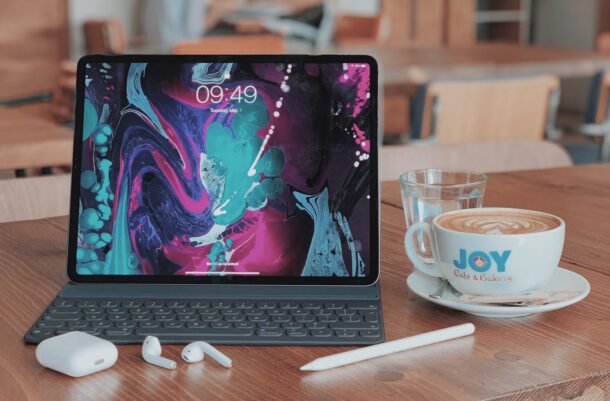
Is your iPad not charging properly when connected to power? Is it getting disconnected a few seconds after you plug it in, or are you getting any popups stating that the accessory is unsupported? This could happen due to a number of different reasons, but with enough patience, you can diagnose and fix the exact problem and get your iPad charging back to normal again.
Charging issues aren’t exactly uncommon, and are usually faced by people who’re using fairly old iPads, charging bricks, or cables. As long as your device and the accessories are fairly new, you likely wouldn’t encounter any issues with charging unless you’re using a non-certified accessory. These problems could sometimes occur due to the socket that your iPad is connected to as well, and completely unrelated to the hardware you own.
Having a hard time figuring out the root cause of the issue? We’re here to help. In this article, we’ll be discussing exactly how you can fix and troubleshoot charging issues that you’re facing with your iPad.
Troubleshooting Charging Issues with iPad
First of all, you need to be certain that your iPad isn’t charging. This can be confirmed by looking closely at the battery indicator. If it’s actually charging, the icon will have a lightning bolt on top of it. If not, you can take a look at some of these various troubleshooting methods that can be used to get your iPad to charge properly again like it’s supposed to.
Check for Debris in the Charging Port
The very first thing you need to look for when your iPad isn’t charging properly is the charging port itself, especially if it has fairly aged. Your device may have collected dust and debris over the time you’ve used it. If the port seems dirty, use a cotton swab to remove the accumulated dust and try charging your iPad again to see if it fixed the issue. The same applies to the connector end of your charging cable too if you’ve been using it for a long time. Wipe off any dust particles that you see and plug it back in to see if your iPad charges properly now.
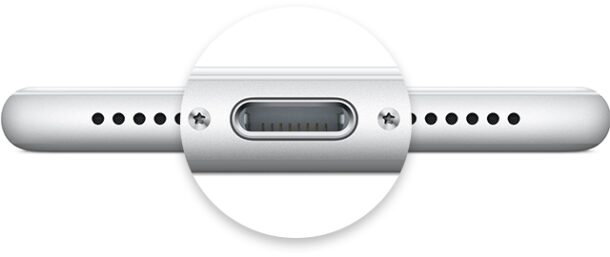
Check the USB Charging Cable for Damage
Prolonged use of the same USB charging cable every single day can cause wear and tear. Apple’s official charging cables are easily prone to fraying. So, take a closer look at the cable and see if it’s damaged or not. You can try using a different USB cable to see if your iPad charges properly with it. If you don’t have another cable, you can purchase a cheap one off Amazon, but make sure they’re MFi-certified so that you don’t run into compatibility issues in the long run.
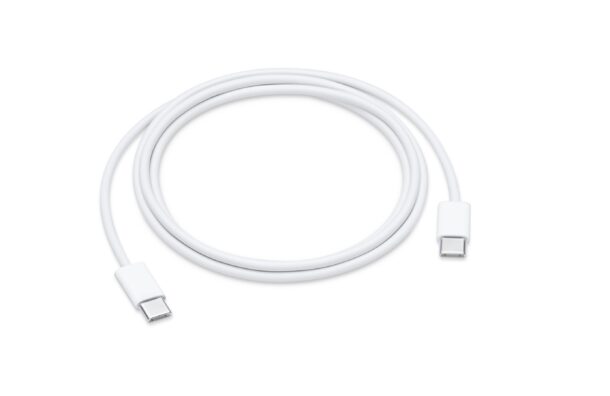
Plug the Charger into a Different Socket
Maybe the issue isn’t with your iPad, the cable or even the power adapter that you’re using. It’s possible that the wall outlet that your iPad was connected to got damaged somehow. This is actually one of the most common reasons why people run into charging issues. Try plugging the charger into a different socket and see if your iPad is charging now.
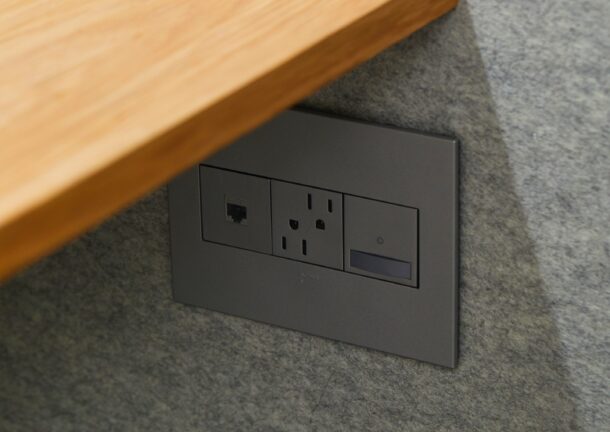
Use Apple-Certified Accessories
If you get an error message saying that your accessory isn’t supported or certified when you plug your iPad in, it’s likely that the charging cable that you’re using isn’t MFi certified. Therefore, make sure you’re using USB charging cables that are certified by Apple at all times. This error message may also sometimes pop up even if you’re using an old and worn out official USB cable from Apple. Either way, you’ll need to replace the cable to get this issue fixed. Also, if you notice that your iPad is charging slowly when connected to a wall charger, check the rating of the power adapter to make sure it matches the maximum speed that’s supported by the iPad you’re using. For instance, the 2018 and 2020 iPad Pro models can support fast charging up to 45 watts. However, Apple only includes a 20W USB-C charger in the box.
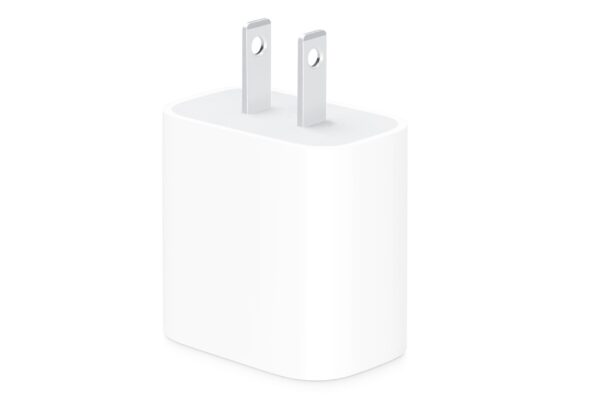
Avoid a USB Hub or Computer to Charge Your iPad
Although your iPad may sometimes charge just fine when it’s connected directly to a computer or a USB hub, you will notice that the charging speed is considerably slower in comparison to directly plugging it into a wall outlet. This is because the voltage and amperage that’s provided by a computer or a USB hub typically is much lower than a regular charger. Hence, try not to use them for charging your iPad.
Force Reboot Your iPad
If none of the above troubleshooting methods helped in fixing the charging-related issues that you were facing, then it’s likely a rare software glitch. Due to certain glitches, your iPad may sometimes fail to acknowledge when it’s being charged or the battery indicator may be stuck and not work as intended. In such cases, you can try force restarting your iPad to see if it fixes the issue. On iPads with a physical home button, you can initiate a force restart by pressing and holding the power button and home button until the Apple logo shows up. On newer models with Face ID, the process is a little tricky. Basically, you need to click the volume up button first, followed by the volume down button, and then hold the side/power button until the Apple logo shows up to properly force reboot.
By now, you should’ve gotten your iPad to charge properly again at normal speeds. However, if you’re unlucky enough to still face this issue, it’s about time to contact Apple Support. They can assist you further regarding the same, in a much better way than we could especially if it’s a hardware-related issue.
Apart from all these troubleshooting steps that we discussed, it goes without saying that physical damage to your iPad can cause charging issues sometimes. If you recently dropped your iPad on the ground or in the swimming pool and it isn’t charging after that, your hardware is likely affected. That being said, water damaged iPads tend to function normally again after it’s completely dried up. If it doesn’t, you’ll need to get the damaged parts replaced by Apple.
Which of the above troubleshooting methods worked to fix the charging issue for your iPad? Do you have any additional tips to share that can help with charging issues? Feel free to drop your valuable opinions and don’t forget to share your personal experiences.

